I'd say serotinus as well
- Welcome to PBS Forum.
This section allows you to view all posts made by this member. Note that you can only see posts made in areas you currently have access to.
#152
Current Photographs / Re: October 2022 photos
October 25, 2022, 09:37:26 PM
Wonderful stuff.
Do you know if they have pure botanical Nerine at Exbury? I am looking for wild types of N. Sarniensis and/or others.
Here a photo taken two weeks ago in my local botanical garden, Valencia. Could it be a wild type?
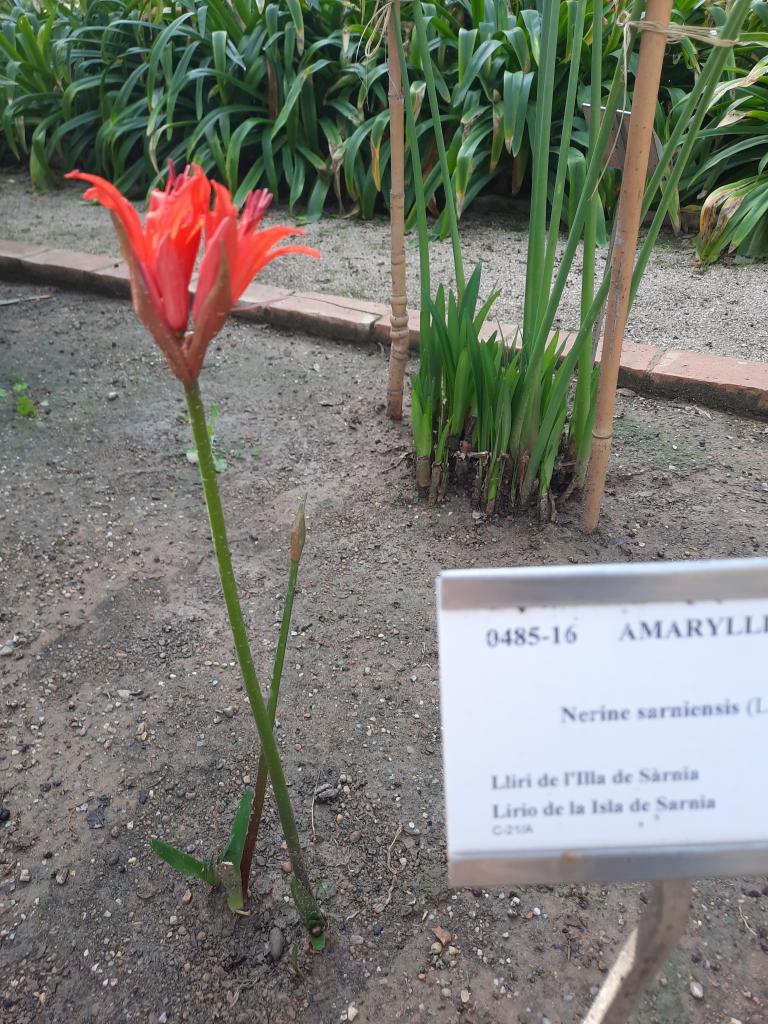
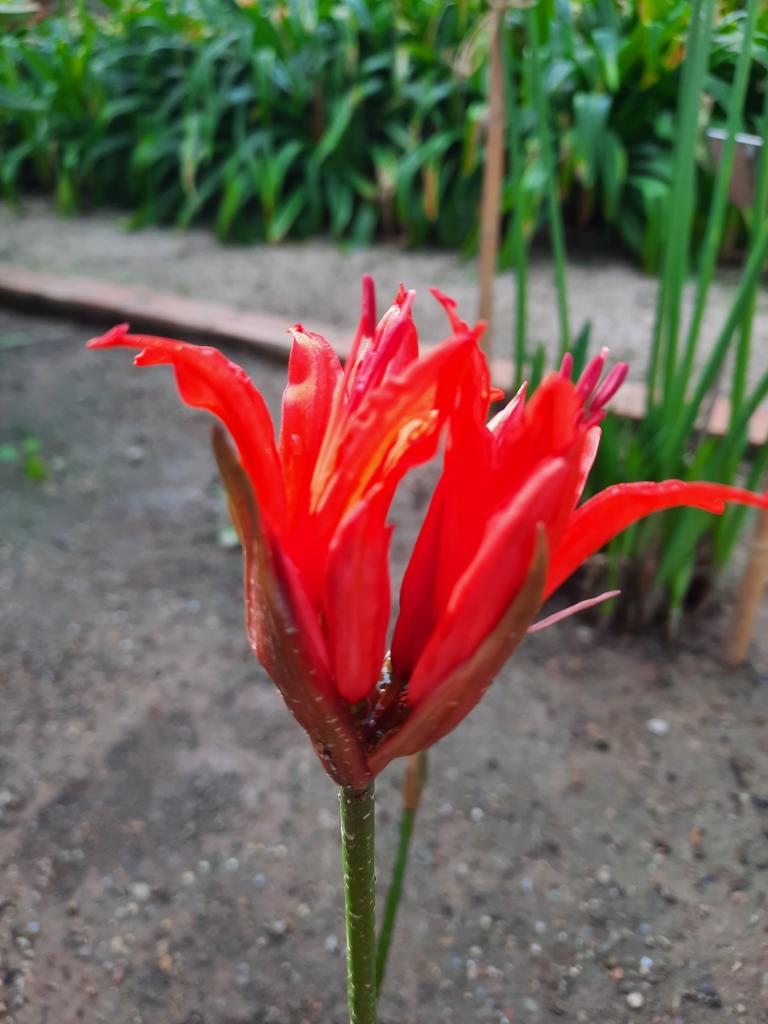
They have some more interesting things, though mist ofcthe bulb framesxonly have empty spaces with lonely labels... This goes on in this garden since I was a child, even if my land is know as the "land of the flowers" in a popular song.
The other problem here are misidentified plants. The more I look at sarniensis photos, the more I think the plant above is something else...
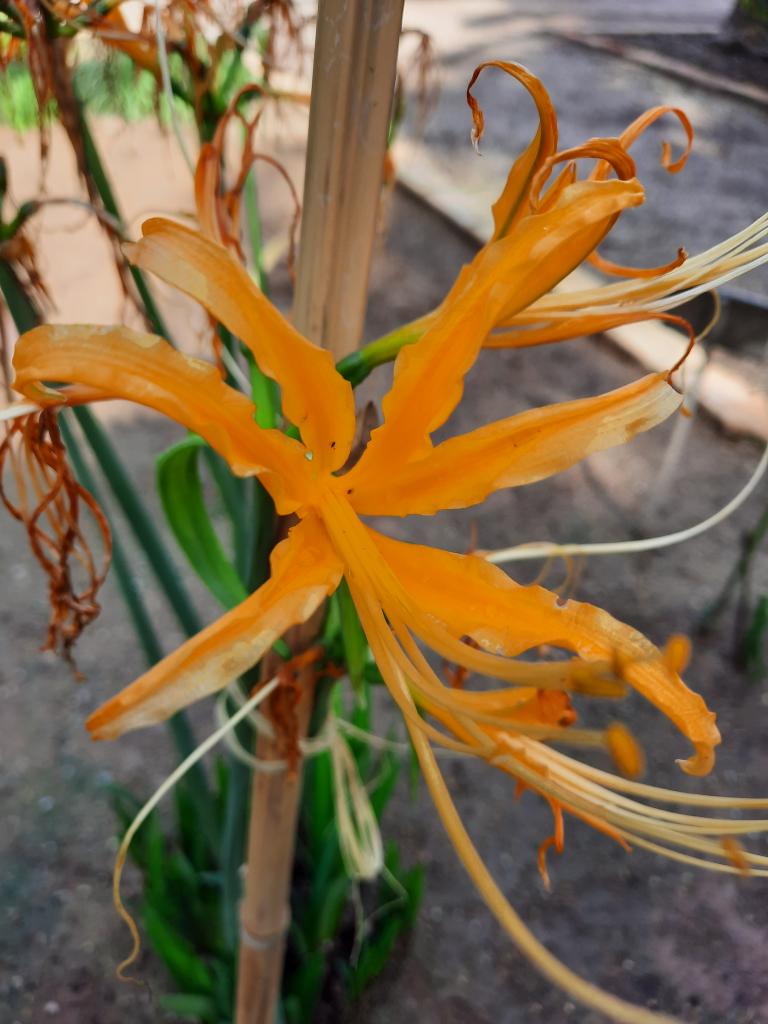
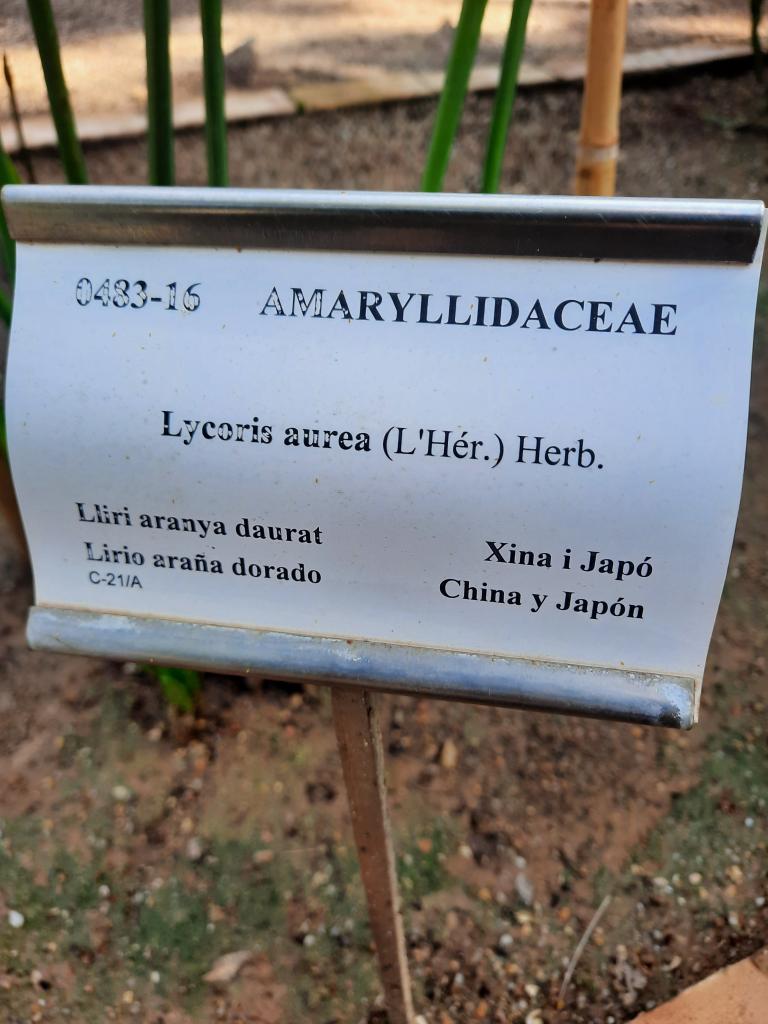
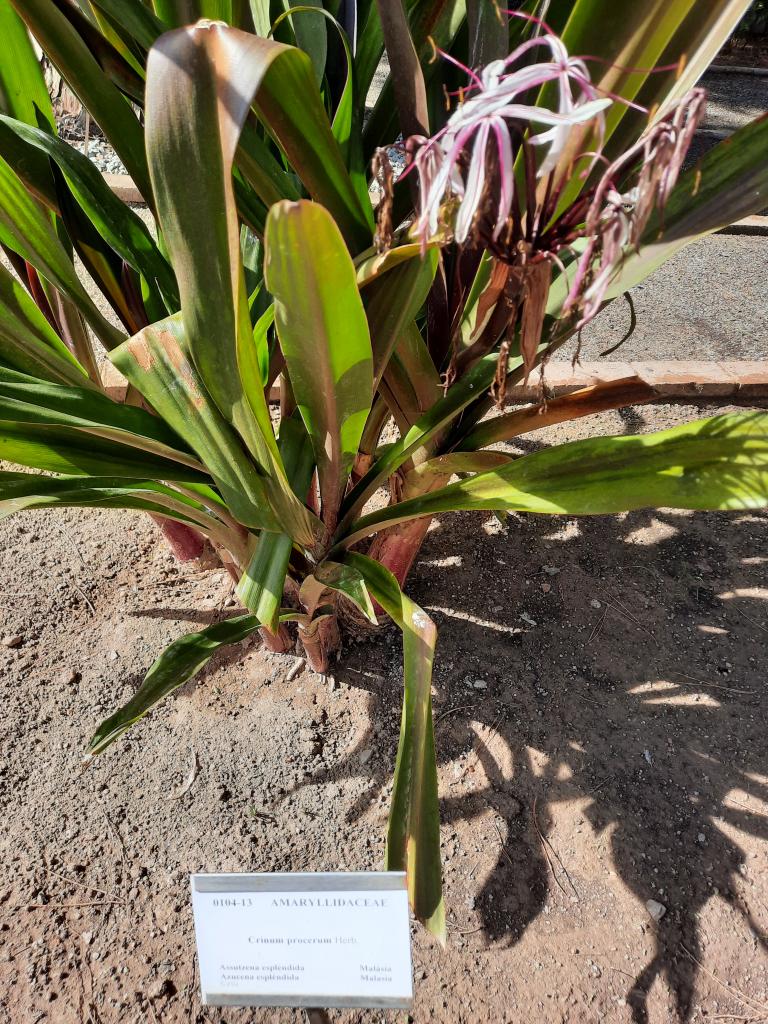
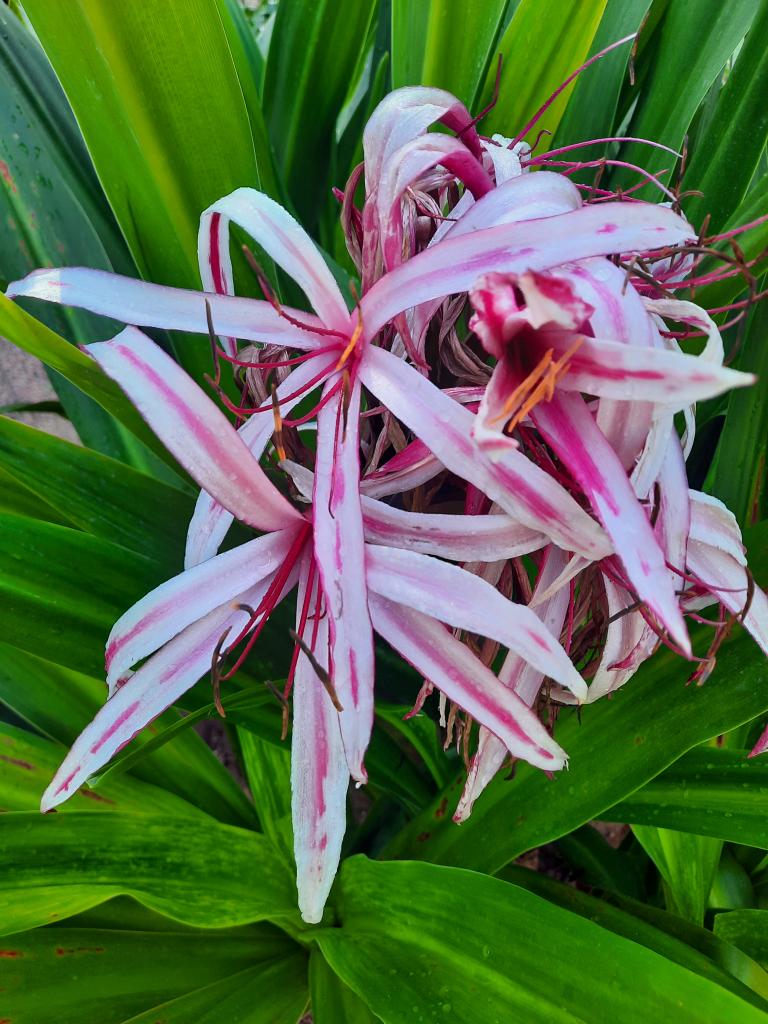
Do you know if they have pure botanical Nerine at Exbury? I am looking for wild types of N. Sarniensis and/or others.
Here a photo taken two weeks ago in my local botanical garden, Valencia. Could it be a wild type?
They have some more interesting things, though mist ofcthe bulb framesxonly have empty spaces with lonely labels... This goes on in this garden since I was a child, even if my land is know as the "land of the flowers" in a popular song.
The other problem here are misidentified plants. The more I look at sarniensis photos, the more I think the plant above is something else...
#153
Current Photographs / Re: October 2022 photos
October 22, 2022, 07:23:19 AM
Wonderful, Martin, I have just discovered Nerine and Lycoris.
Here Arum pictum subsp pictum (Corsica and Sardinia)
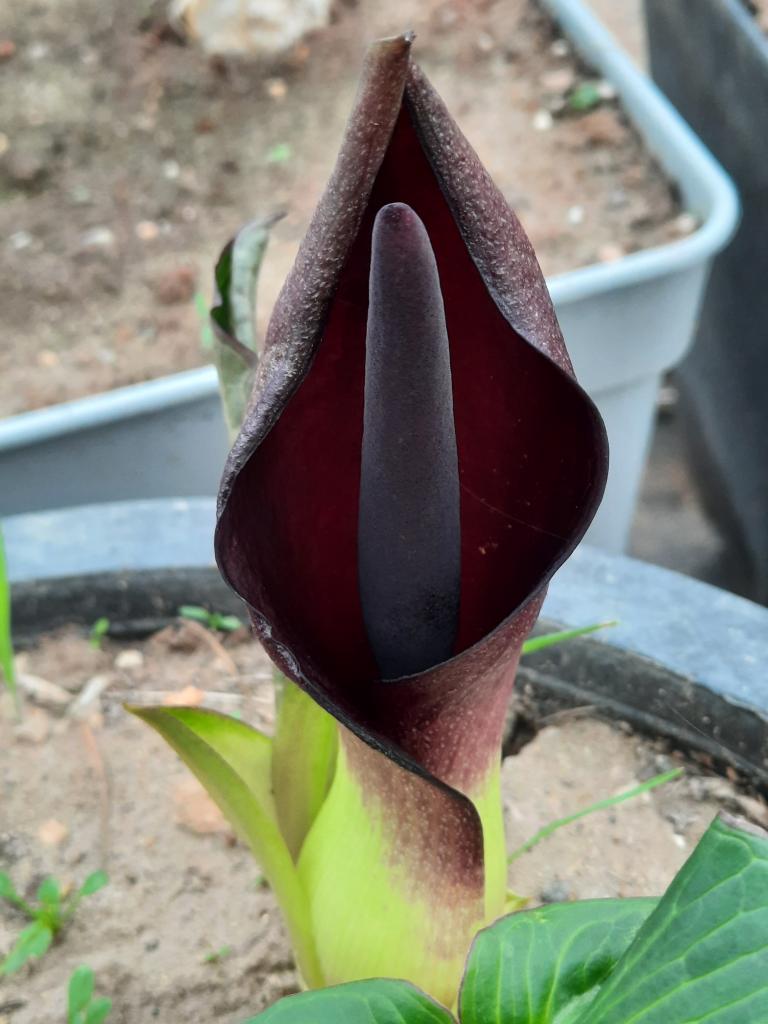
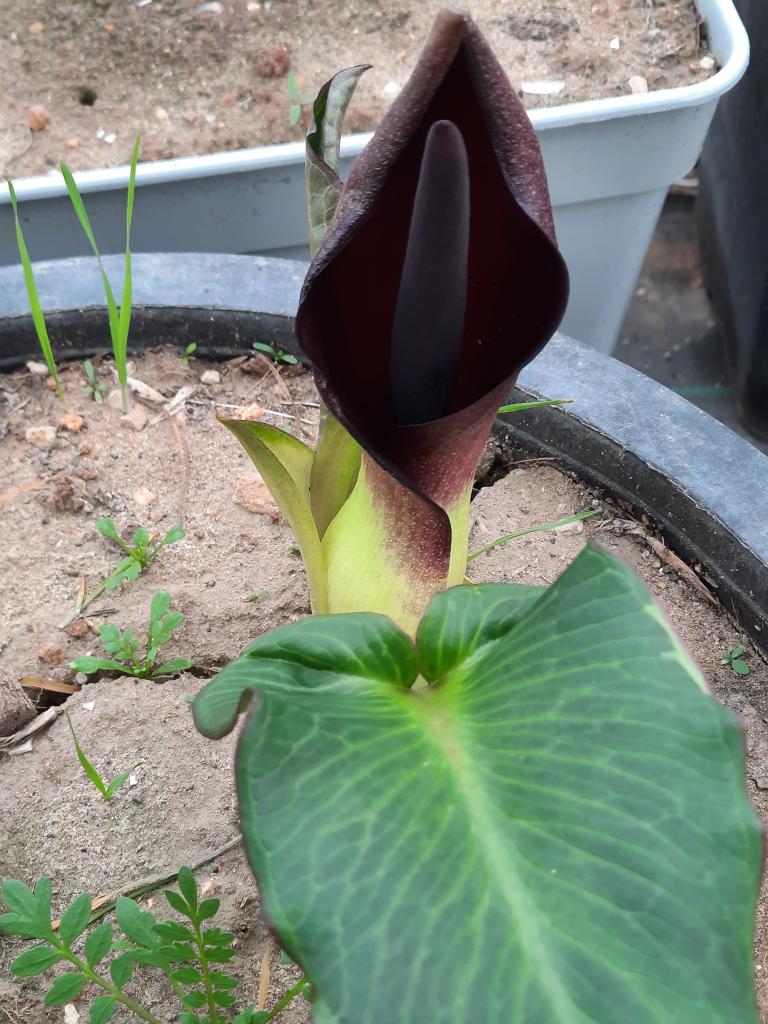
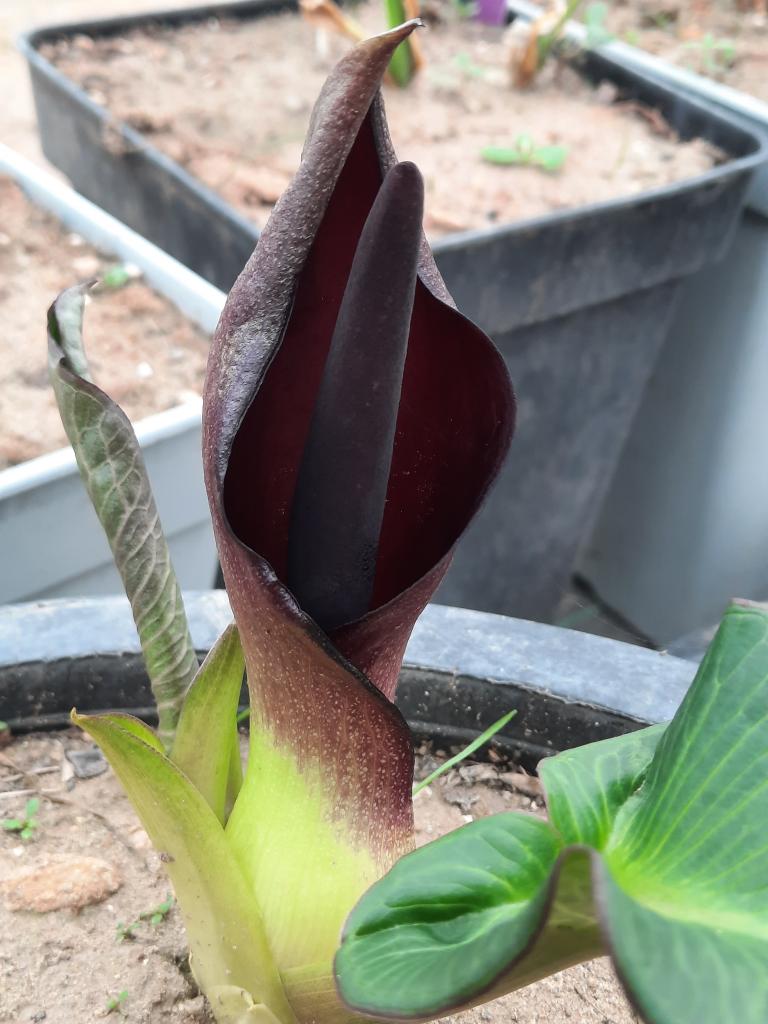
and Biarum carratracense.
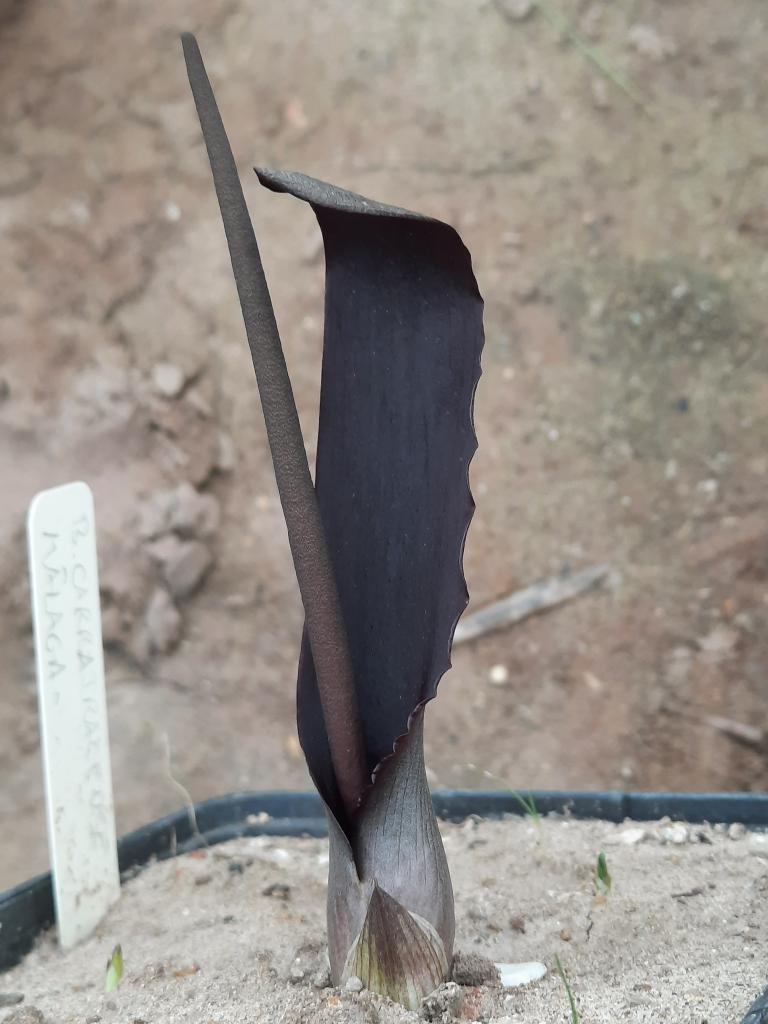
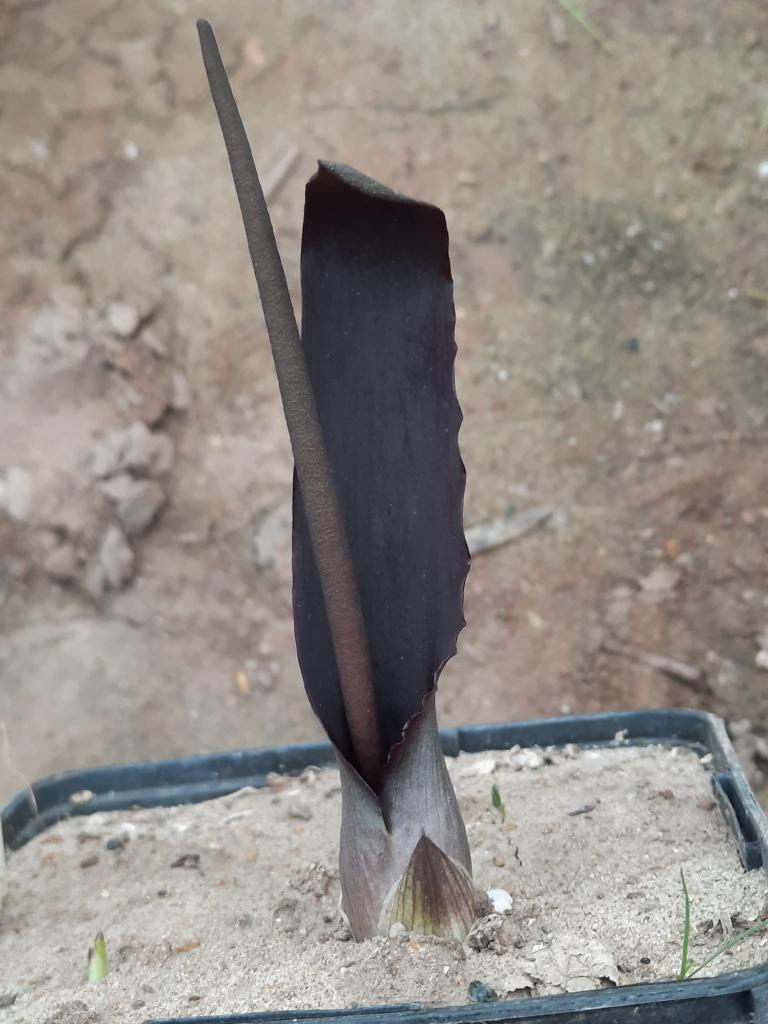
Carlos
Here Arum pictum subsp pictum (Corsica and Sardinia)
and Biarum carratracense.
Carlos
#154
Bulb and Seed Exchanges / Re: [Closed]EX05b October distribution of EU Exchange incl. Exbury Special
October 22, 2022, 07:12:42 AM
Yes, Martin, many thanks!
Carlos
Carlos
#155
Bulb and Seed Exchanges / Re: [Open for Orders]EX05b October distribution of EU Exchange incl. Exbury Special
October 17, 2022, 12:29:10 AM
Hi, I have been very haappy (and a little stressed) to participate in donation.
Just some info on some of my references, I know I am offering far too many dicots than would be expected, but I just can't see fruiting plants and not collect some seeds. Anyway I have an interest in some of them being available, for conservation purposes:
- EX05_461 'Prenanthes grandiflora ex Querol lake Andorra' should read: PINGUICULA grandiflora (but could be vulgaris), etc.
-Pancratium maritimum is from Israel, in case anyone would like to have material from there.
- Acis valentina, I have a permit to collect seeds, but unless needed for scientific research, I won't give the exact location. The seeds are tricky and usually sprout in the following autumn after ripening, and not in high percentages. Then they take 4-6 years to mature.
- Narcissus x perezlarae: I can't give the location neither. This plant has been reported to be fertile and produce viable seed, but I went to two wild stands in two consecutive years and found only one capsule (among several hundreds) with three seeds, these had a strange elongated shape and never sprouted. At home I have hand-pollinated flowers from one population with pollen from another one as well as from different plants from the same population, for both groups of plants, and not one seed was produced. Anyway it has been re-published as Narcissus piifontianus, which should be corrected to piifontii, so you are free to label the plants as you wish.
- Seeds from Andorra: They have been all collected at or above 1700 m, they are all euro-Siberian species, not really suitable for mild Mediterranean climates. All on siliceous (acidic) soil. Some are Pyrenees endemics such as the Gentiana burseri, I was lucky enough to find it in the last hike. I can give locations for all these seeds, some are fairly common plants there, like the Pulsatilla.
- Seeds from Mallorca:
Digitalis minor is a strict Belaric endemic, being possibly the only foxglove which can occur near sea level (though these were found in the northern mountain range of Mallorca, at over 1000 m). So worth trying in Mediterranean gardens with little or no freezing. It is not a sun loving plant, though, and will do better in a northern exposure or with morning sun only. Grows on limestone.
Hypericum balearicum: a stunning plant when you first see it as it is a shrub up to 2 m tall, with big flowers up to 3 cm wide, aromatic as most or all St John's worts. It can reach 1400 metres on the highest peak in Mallorca, but as it is very close to the sea I suspect winters up there are not as cold as in a continental location, so I don't expect it to withstand less than -5ºC (it grew around the boulders where I found the foxglove).
Lysimachia minoricensis: A remarkable plant, I guess the name in English should be Minorcan loosestrife, with an amazing story involving extinction in the wild and redescovering of a bunch of plants in what remained of the Barcelona Botanical Garden after the Spanish civil war, then distribution to several gardens and recently a (so far) successful reintroduction in the wild. Flowers are not showy but the leaves have a unique white-veined pattern. Every pot and plot of this plant could ending up being the only extant material, so it's worth trying. Loves moisture, but not as much as Lysimachia ephemerum. Basic soil.
Other bulbs:
- Allium cyrilli: Wild collected by me, but again I can't give the location yet, as it is a novelty for Spain (well there you have some info) and I am waiting for my article to be accepted in a Spanish Journal. I promise to do a more divulgative article for the PBS journal. This belongs in Melanochrommyum section, it grows in areas with steppic conditions: cold to very cold winters and hot summers with occasional thunderstorms. As most other members of the section it has a very short vegetative period, producing leaves in December-January, blooming in April-May, seeding in June and then going dormant. I collected bulblets from 6 adult bulbs, and I placed bulblets from at least three clones in each package, so I hope seed will be easily produced. Anyway this population develops up to 150 or more bulblets per adult bulb, so vegetative reproduction is ensured.
- Allium aff. longispathum received from a friend ex Sergei Banketov, as A. paniculatum, but I think is is rather longispathum.
- Allium paczoskianum ex Alexander Naumenko, from Stavropol, Russia
Thanks, sorry for the long text!
Carlos
Just some info on some of my references, I know I am offering far too many dicots than would be expected, but I just can't see fruiting plants and not collect some seeds. Anyway I have an interest in some of them being available, for conservation purposes:
- EX05_461 'Prenanthes grandiflora ex Querol lake Andorra' should read: PINGUICULA grandiflora (but could be vulgaris), etc.
-Pancratium maritimum is from Israel, in case anyone would like to have material from there.
- Acis valentina, I have a permit to collect seeds, but unless needed for scientific research, I won't give the exact location. The seeds are tricky and usually sprout in the following autumn after ripening, and not in high percentages. Then they take 4-6 years to mature.
- Narcissus x perezlarae: I can't give the location neither. This plant has been reported to be fertile and produce viable seed, but I went to two wild stands in two consecutive years and found only one capsule (among several hundreds) with three seeds, these had a strange elongated shape and never sprouted. At home I have hand-pollinated flowers from one population with pollen from another one as well as from different plants from the same population, for both groups of plants, and not one seed was produced. Anyway it has been re-published as Narcissus piifontianus, which should be corrected to piifontii, so you are free to label the plants as you wish.
- Seeds from Andorra: They have been all collected at or above 1700 m, they are all euro-Siberian species, not really suitable for mild Mediterranean climates. All on siliceous (acidic) soil. Some are Pyrenees endemics such as the Gentiana burseri, I was lucky enough to find it in the last hike. I can give locations for all these seeds, some are fairly common plants there, like the Pulsatilla.
- Seeds from Mallorca:
Digitalis minor is a strict Belaric endemic, being possibly the only foxglove which can occur near sea level (though these were found in the northern mountain range of Mallorca, at over 1000 m). So worth trying in Mediterranean gardens with little or no freezing. It is not a sun loving plant, though, and will do better in a northern exposure or with morning sun only. Grows on limestone.
Hypericum balearicum: a stunning plant when you first see it as it is a shrub up to 2 m tall, with big flowers up to 3 cm wide, aromatic as most or all St John's worts. It can reach 1400 metres on the highest peak in Mallorca, but as it is very close to the sea I suspect winters up there are not as cold as in a continental location, so I don't expect it to withstand less than -5ºC (it grew around the boulders where I found the foxglove).
Lysimachia minoricensis: A remarkable plant, I guess the name in English should be Minorcan loosestrife, with an amazing story involving extinction in the wild and redescovering of a bunch of plants in what remained of the Barcelona Botanical Garden after the Spanish civil war, then distribution to several gardens and recently a (so far) successful reintroduction in the wild. Flowers are not showy but the leaves have a unique white-veined pattern. Every pot and plot of this plant could ending up being the only extant material, so it's worth trying. Loves moisture, but not as much as Lysimachia ephemerum. Basic soil.
Other bulbs:
- Allium cyrilli: Wild collected by me, but again I can't give the location yet, as it is a novelty for Spain (well there you have some info) and I am waiting for my article to be accepted in a Spanish Journal. I promise to do a more divulgative article for the PBS journal. This belongs in Melanochrommyum section, it grows in areas with steppic conditions: cold to very cold winters and hot summers with occasional thunderstorms. As most other members of the section it has a very short vegetative period, producing leaves in December-January, blooming in April-May, seeding in June and then going dormant. I collected bulblets from 6 adult bulbs, and I placed bulblets from at least three clones in each package, so I hope seed will be easily produced. Anyway this population develops up to 150 or more bulblets per adult bulb, so vegetative reproduction is ensured.
- Allium aff. longispathum received from a friend ex Sergei Banketov, as A. paniculatum, but I think is is rather longispathum.
- Allium paczoskianum ex Alexander Naumenko, from Stavropol, Russia
Thanks, sorry for the long text!
Carlos
#156
Bulb and Seed Exchanges / Re: [Open for Orders]EX05b October distribution of EU Exchange incl. Exbury Special
October 16, 2022, 11:53:55 PM
[...]
#157
General Discussion / Re: Calochortus for Narcissus seeds
October 16, 2022, 11:24:52 PM
OK, Randy, many thanks. I am way behind my sowing also.
Every Calochortus ordered, Martin, thanks.
Carlos
Every Calochortus ordered, Martin, thanks.
Carlos
#158
Current Photographs / Re: October 2022 photos
October 12, 2022, 12:24:48 PM
Amazing, I was given two small bulbs last summer.
#159
Current Photographs / Re: October 2022 photos
October 08, 2022, 06:48:00 AM
A short lesson on autumn flowering Narcissi
Narcissus elegans. From about Al-Hoceima to Nador and Melilla, then again from Tlemcen and Oran to Constantine in Algeria, and Mallorca and Ibiza islands. Flowering with 1-2 leaves.
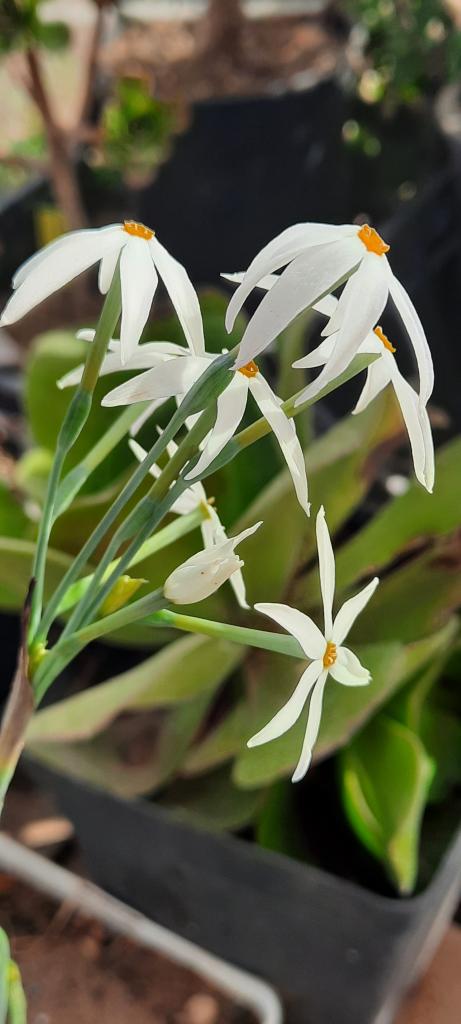
Narcissus obsoletus, Tangiers peninsula and mountains in Fez area, somewhere dissapearing and allowing elegans to become dominant, appearing again in Tunisia (with possible hybrids with elegans in El Kala-Constantine, Algeria), Sicily, with a disjunct population in Málaga province, Spain (this one has been called Narcissus malacitanus with not very well-based reasons). With 1-2 leaves when flowering.
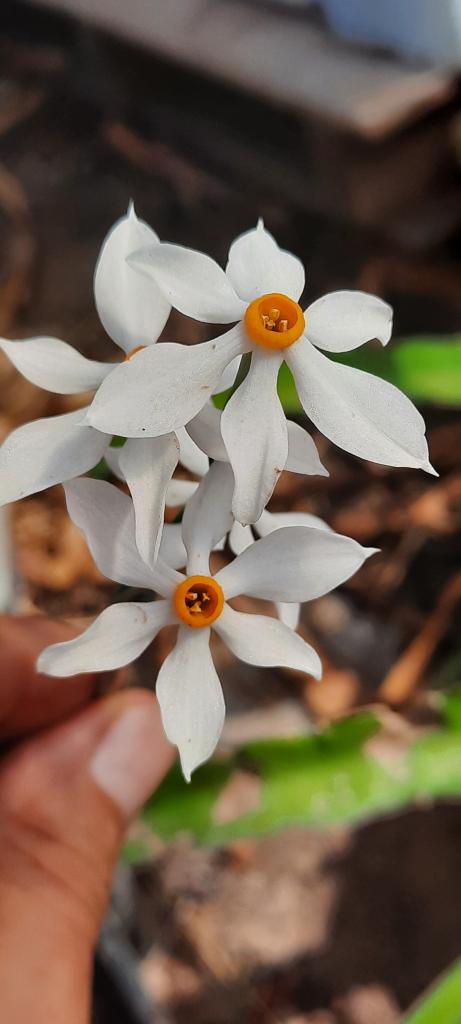
Narcissus serotinus, almost always one flowered, with a 6-cleft greenish crown. Southwestern Iberian peninsula and opposite Moroccan coast, with very few individuals on Formentera island. No leaves when in bloom, and usually not produced afterwards (the flower stalk does the photosynthesis).
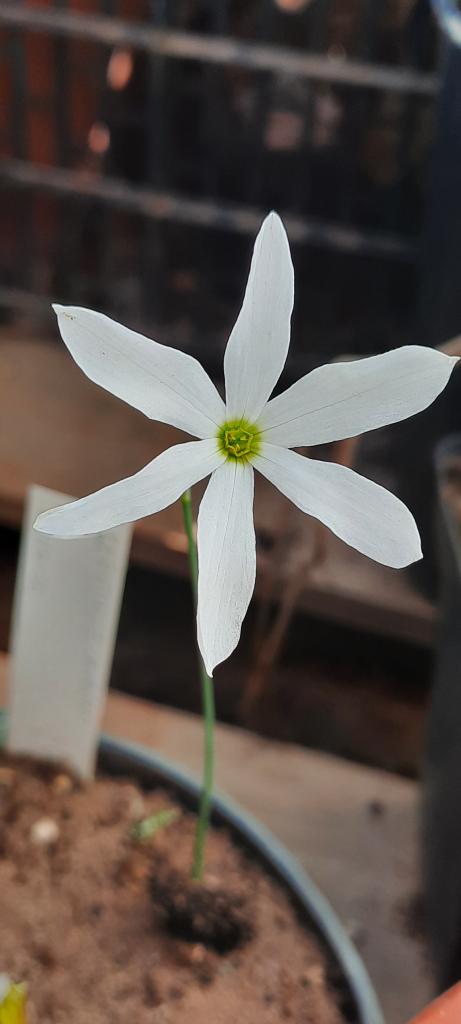
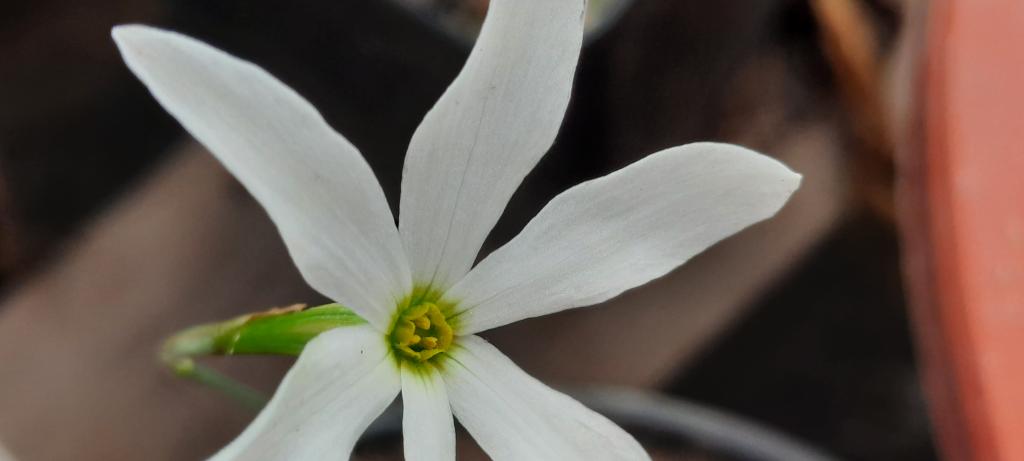
I don't have adult cavanillesii, but it can't be mistaken for any of these.
Carlos Jiménez
Narcissus elegans. From about Al-Hoceima to Nador and Melilla, then again from Tlemcen and Oran to Constantine in Algeria, and Mallorca and Ibiza islands. Flowering with 1-2 leaves.
Narcissus obsoletus, Tangiers peninsula and mountains in Fez area, somewhere dissapearing and allowing elegans to become dominant, appearing again in Tunisia (with possible hybrids with elegans in El Kala-Constantine, Algeria), Sicily, with a disjunct population in Málaga province, Spain (this one has been called Narcissus malacitanus with not very well-based reasons). With 1-2 leaves when flowering.
Narcissus serotinus, almost always one flowered, with a 6-cleft greenish crown. Southwestern Iberian peninsula and opposite Moroccan coast, with very few individuals on Formentera island. No leaves when in bloom, and usually not produced afterwards (the flower stalk does the photosynthesis).
I don't have adult cavanillesii, but it can't be mistaken for any of these.
Carlos Jiménez
#160
Current Photographs / Re: October 2022 photos
October 07, 2022, 10:09:07 AM
And Drimia purpurascens (=Drimia undata, Urginea undulata)
#161
Current Photographs / Re: October 2022 photos
October 07, 2022, 09:57:01 AM
Prospero autumnale alone
#162
Current Photographs / Re: October 2022 photos
October 07, 2022, 09:55:59 AM
Hi, thanks for the advice. There is the 'insert' option as well...
Here the first truly wild Narcissus deficiens I saw in my area, with Prospero autumnale
Here the first truly wild Narcissus deficiens I saw in my area, with Prospero autumnale
#163
Current Photographs / October 2022 photos
October 05, 2022, 10:30:21 PM
Hi, autumn Narcissus are reaching their peak for me (Valencia, E coast of Spain, zone 10).
Narcissus obsoletus, Narcissus x perezlarae, Narcissus deficiens 'star morph', this one was rescued two years ago from a mound of earth by a roadside along with some fellars, I thought they were Tulipa or Dipcadi serotinum.
Narcissus deficiens and Muscari parviflorum received from Malta
Narcissus broussonetii (allegedly, antiatlanticum) from the Djebel Imzi in Morocco, where the Dragon trees were found.
Sorry but I usually have little time to rename pictures, they can be scrolled down in order of citation.
Carlos
Narcissus obsoletus, Narcissus x perezlarae, Narcissus deficiens 'star morph', this one was rescued two years ago from a mound of earth by a roadside along with some fellars, I thought they were Tulipa or Dipcadi serotinum.
Narcissus deficiens and Muscari parviflorum received from Malta
Narcissus broussonetii (allegedly, antiatlanticum) from the Djebel Imzi in Morocco, where the Dragon trees were found.
Sorry but I usually have little time to rename pictures, they can be scrolled down in order of citation.
Carlos
#164
General Discussion / Re: Cryptic Colchicum in the central and Eastern Mediterranean
September 29, 2022, 03:00:54 PM
Hi, yes
According to Flora Iberica: external tepals 30-55(60) × (5)7-14 mm; perianth tube (6)10-30 cm.
According to Flora Iberica: external tepals 30-55(60) × (5)7-14 mm; perianth tube (6)10-30 cm.
#165
General Discussion / Cryptic Colchicum in the central and Eastern Mediterranean
September 28, 2022, 06:01:54 AM
Another hard topic...
As it is known, the centre of diversity of Colchicum (including Merendera and Bulbocodium) is the eastern Mediterranean to Iran, with a secondary centre in Corsica and Sardinia, with some new species having been proposed a few years ago.
In Spain we don't have many taxa and some had been taken for "autumnale" or even "bivonae" for many years, then multiflorum and lusitanum were splitted off. They are not at all common in collections.
As I have to give many geographical details, I will include some maps.
True autumnale is only knon for sure from some locations in the Spanish Pyrenees, where it is considere dan introduced plant. Tetraploid, 2n=36 (basic number x=18).
Multiflorum occurs mainly in the central Iberian plateau and it has recently been reported as such from what we call the Cantabrian ledge, maybe better understood as the Cantabrian watershed, with one isolated population in Jaén province (Andalusia). It can reach 1200 metres and gets freezing and snow. Flowers are mostly light pink, not chequered. It often occurs with Colchicum autumnale, with which it gives the rare hybrid C. x beltranii, a sterile plant. Multiflorum is a polyploid with 2n=144 (reports vary from 138 to 148).
Colchicum lusitanum is more termophilous, being found near sea level to about 800 m, also in central and Northern Italian peninsula. It produces up to 10-15 flowers per corm, typically with not very wide petals, which are usually chequered. Flora Iberica gives two distinct chromosome numbers: 2n=108 (which is consistent with Italian reports) and 2n=165 (162 to 165).
Here some habitat photographs (lusitanum J series) and a map taken from gbif.org
Then Alain Fridlender, a French botanist, described Colchicum fharii from the high Atlas in Morocco, and later he said that some populations in Andalusia (Malaga province and probably eastern Algarve, especialy around Faro) belong in this taxon but would probably represent an European subspecies, which had been published as Colchicum autumnale var. gibraltaricum in an obscure publication by Kelaart. Fridlender left it as Colchiucm fharii subsp, gibraltaricum (Kelaart) Fridl.
These populations feature plants with quite wide chequered tepals, shorter stamens, bigger anthers and longer style, leaves held upright by a "stipe", up to 30 cm long (longer in multiflorum), and the corms produce up to three or four flowers only, one at a time. Here some potos of cultivaded plants I was sent from a location in Antequera (Málaga, lusitanum Ma series).
Very similar plants can be found in central Italy (L'Aquila) and Eastern Algeria (near Skikda), all are regarded as lusitanum...
I tend to agree with Fridlender in that we ahve two species here, I haven't studied material of his C. fharii and he did not report the chromosome number, but I think these plants can account for the 2n=162 reports, which would probably be enough to justify their promoting to species rank, either as fharii or other previous names.
I wonder if anyone has Italian lusitanum, I would like to compare the vegetative traits with ours.
Carlos